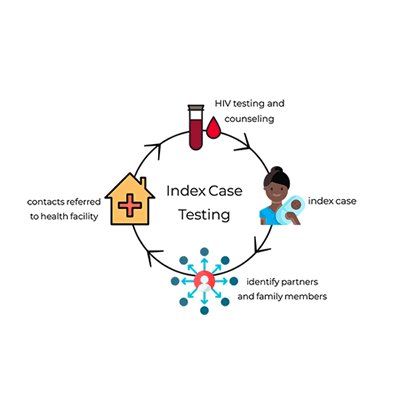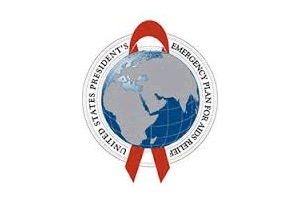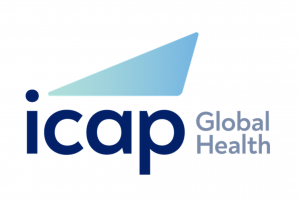THE TRACE INITIATIVE
TRACE – Tracking with Recency Assays to Control the Epidemic – was launched in countries nearing HIV epidemic control to establish HIV recent infection surveillance systems to detect, characterize, monitor, and respond to recent infection among newly diagnosed people living with HIV (PLHIV).
OUR GOAL
Use a rapid test for recent infection (RTRI) for recent infection to provide continuous epidemiological data on person, place, and time of newly diagnosed individuals to inform HIV prevention and control strategies. RTRIs pave the way for a HIV recent infection surveillance system as part of routine HIV testing services (HTS) to detect and characterize recent HIV infection among newly diagnosed HIV cases.
WHAT IS RECENCY?
Rapid tests for recent HIV infection (RTRI) can help differentiate between recent (i.e. in the past 12 months) and long-term HIV infections.
Recent HIV infection tests can provide
real-time data about recent infections to identify hot spots of current HIV transmission
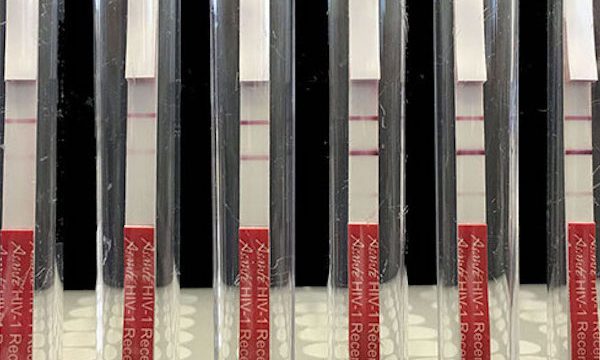


Introduction to TRACE and HIV Recency Testing
Learn how recency testing can help us reach epidemic control and even stop the transmission of HIV. Watch our 4-minute video below for more information.
News and Updates
Check back here for the latest news and research about rapid tests for recent infection!
And be sure to reach out to us if you have any questions, comments, or lessons learned that you’d like
to share on this eLearning Hub.
Engaging the MSM community as a partner for HIV rapid recency testing in Central America
by Nasim Farach, CDC Central America office Central American countries were among the first in the world to implement HIV rapid recency testing and recognize its potential for improved surveillance[…]
Read moreRecency Testing at IAS 2019
by Dr. George Rutherford University of California, San Francisco (UCSF) Recency testing using the limiting antigen (LAg) avidity assay was one of several new breakthroughs in HIV control discussed at[…]
Read moreIntegration of RITA into HIV Testing Algorithm in Ireland Has Improved HIV Surveillance and Design of HIV Interventions
Summary of E. Robison et al (2019). Integration of a recent infection testing algorithm into HIV surveillance in Ireland: improving HIV knowledge to target prevention. Epidemiology and Infection 147, e136,[…]
Read moreQuick Facts about Recent HIV Infection Testing
Our Team
Key players of the TRACE Initiative include the U.S. President’s Emergency Plan for AIDS Relief (PEPFAR) TRACE Community of Practice, the University of California, San Francisco (UCSF), ICAP at Columbia University, and Ministries of Health and local implementing partners in each of the countries where recent HIV infection testing is being rolled out.
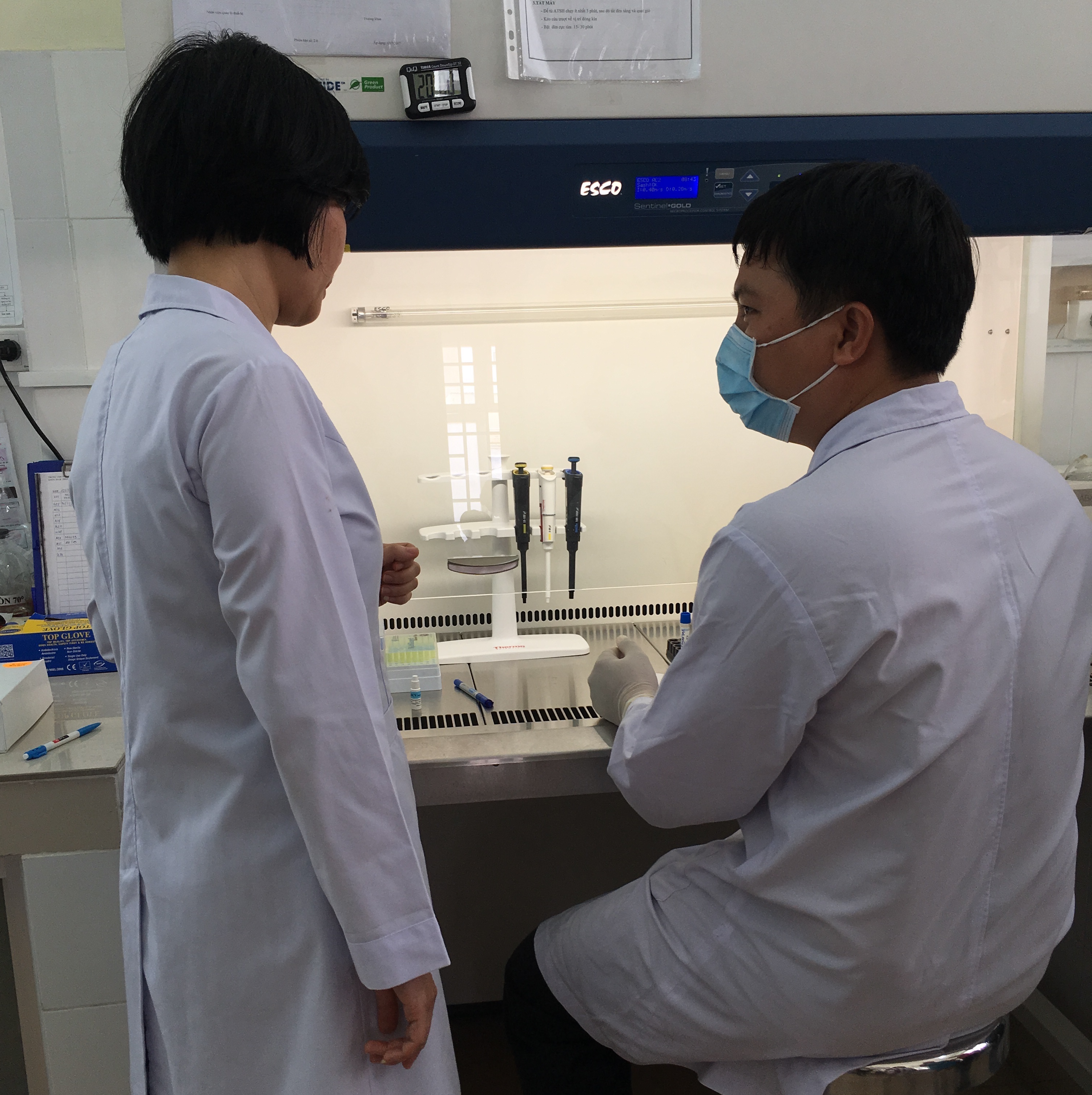
The identification of recent infection provides an opportunity to describe the HIV epidemic, identify ongoing or recent transmission, and intervene to stop further transmission.
Many countries are already starting to include HIV recency testing in their ongoing HIV surveillance activities.
Contact Us




